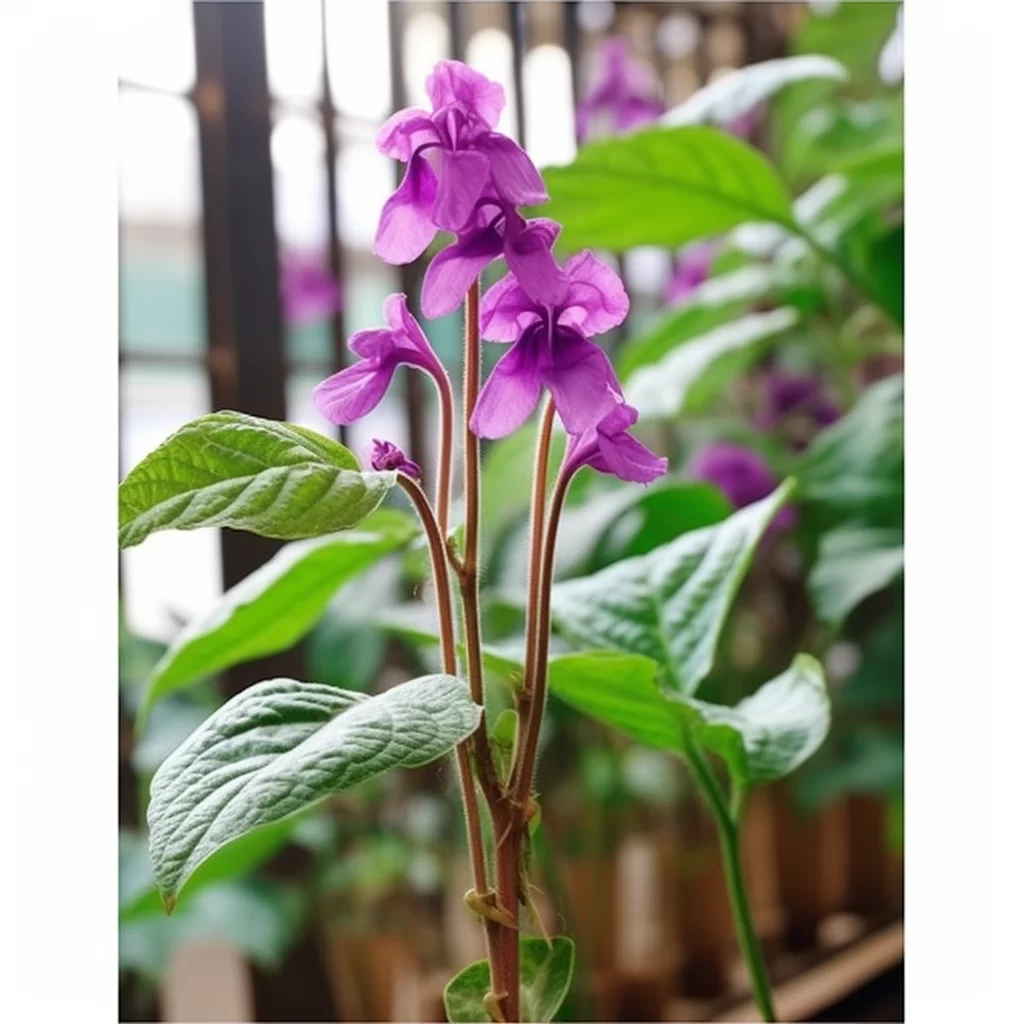Story of Day :
Contents
The Streptocarpus Plant: A Complete Guide and Care Tips
Are you looking for a plant that is not only easy to care for but also has beautiful blooms? Look no further than the Streptocarpus plant! This African violet relative is perfect for both novice and experienced gardeners alike.
With its striking flowers and low-maintenance requirements, it’s no wonder that this plant has become increasingly popular in recent years.
In this article, we’ll provide a complete guide to caring for your Streptocarpus plant.
What are Streptocarpus plants?
The Streptocarpus genus consists of around 150 species of flowering plants native to Africa.
These plants belong to the Gesneriaceae family, which includes other popular houseplants such as African violets and gloxinias.
Streptocarpuses are herbaceous perennials with rosettes of leaves that grow from a central point on short stems.
The leaves are often hairy or fuzzy, oval-shaped, and can vary in color from light green to dark green or even reddish-purple.

The flowers of the Streptocarpus plant are trumpet-shaped with five petals arranged in a fan shape.
They can come in colors ranging from white and pink to purple and blue or even bi-colored.
Care Tips
- Light: Place your streptocarpus plant near an east-facing window where it can receive bright but indirect light.
Avoid direct sunlight as it can damage the delicate leaves.
- Watering: Water your streptocarpus when the top inch of soil feels dry to the touch.
Be careful not to overwater as this can lead to root rot.
- Humidity: Streptocarpuses prefer high humidity, so consider placing a tray of water near the plant or misting it regularly.
Avoid placing the plant in a dry area like near an air conditioning vent.
- Fertilizer: Use a balanced liquid fertilizer once a month during the growing season (spring and summer).
Be careful not to over-fertilize as this can cause damage to the roots.
- Potting: Repot your streptocarpus every year or two in fresh soil.
Use well-draining soil that is rich in organic matter.
Troubleshooting
If you notice any problems with your Streptocarpus plant, here are some common issues and their solutions:

- Drooping leaves: This can indicate underwatering or overwatering.
Check the moisture level of the soil and adjust accordingly.
- Brown leaf tips: This can be caused by dry air or too much fertilizer.
Increase humidity levels and reduce fertilization.
- No blooms: Lack of blooms may indicate insufficient light or too much nitrogen in the fertilizer.
Move your plant to a brighter location, and reduce nitrogen in fertilization schedule.
In Conclusion
The Streptocarpus plant is an excellent choice for gardeners who want beautiful blooms without too much effort.
With simple care requirements such as adequate lighting, proper watering habits, high humidity levels, appropriate potting mix ratio combined with periodic fertilization – anyone can grow them easily indoors!
If you’re in the market for a new houseplant, consider adding a Streptocarpus to your collection.
With its vibrant colors and ease of care, it’s sure to be a showstopper in any room.
